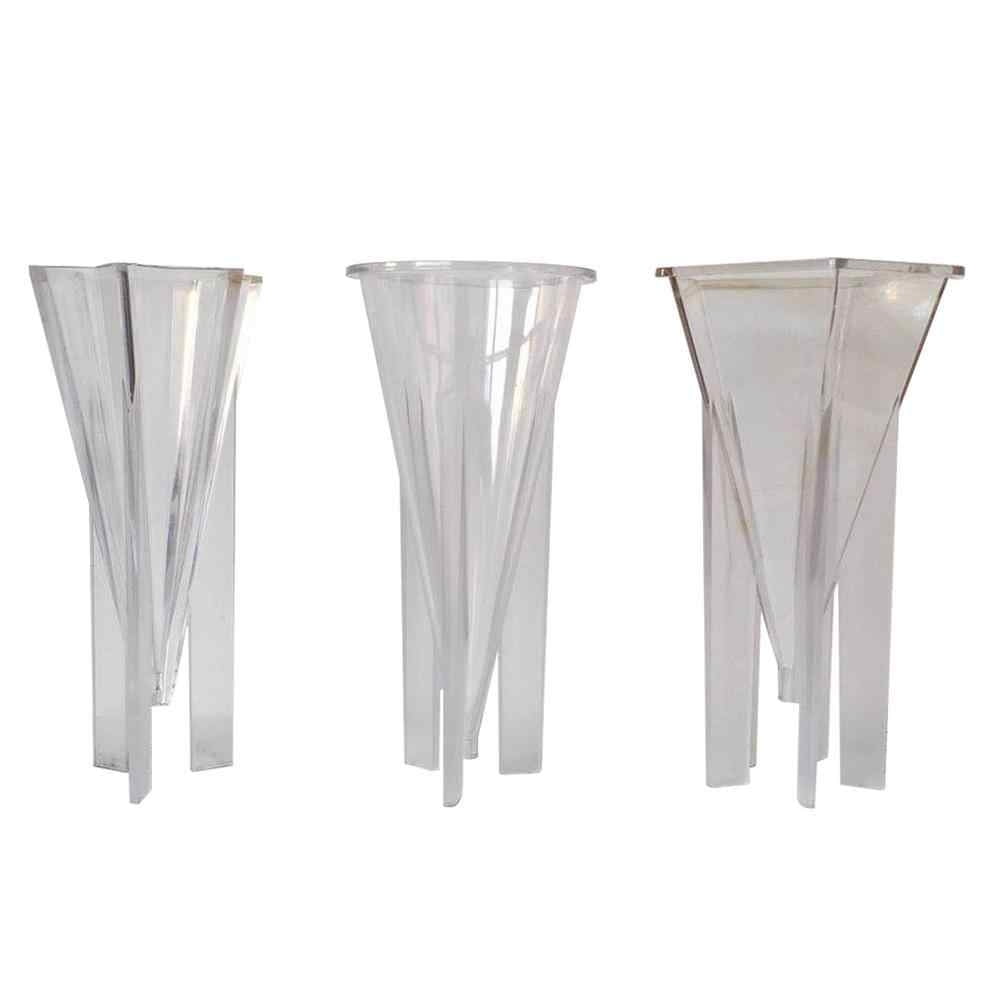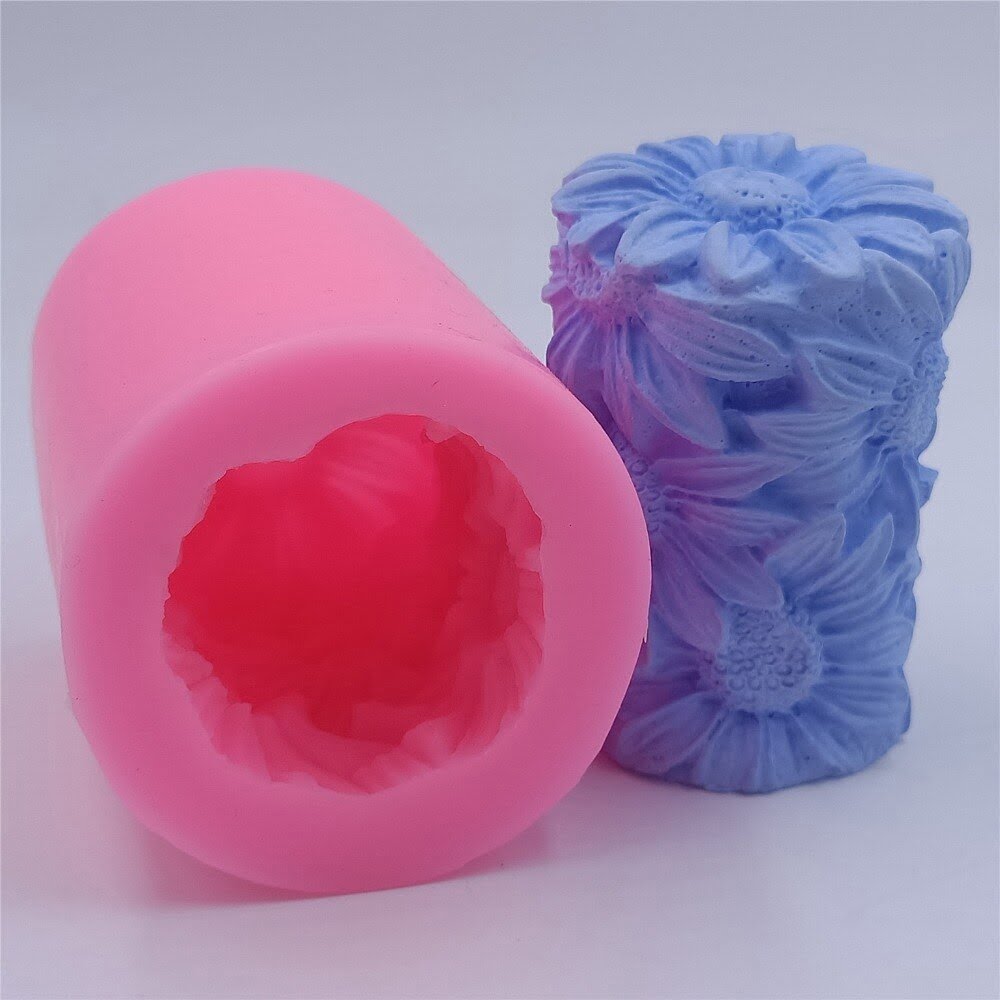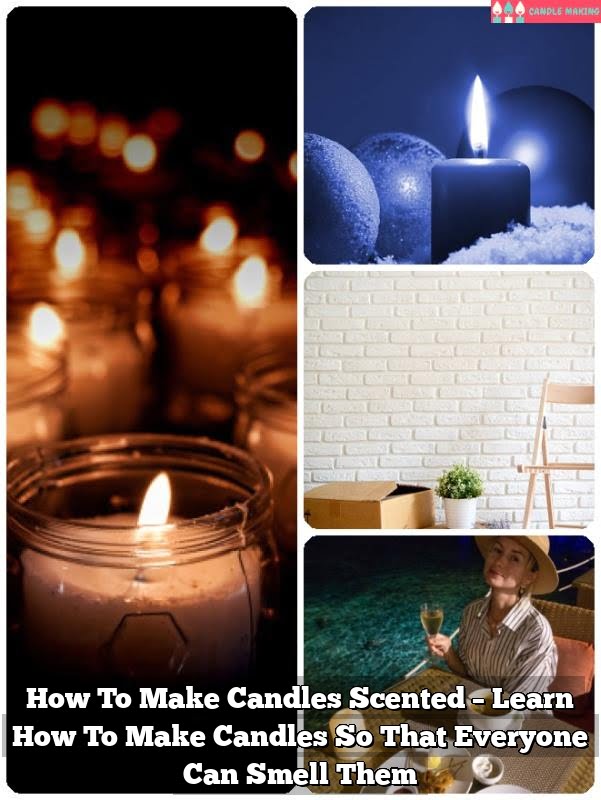Introduction
The use of candles as a light source likely dates as far back as 1,000 BCE, originating in ancient Egypt. Candles at this time were made of beeswax or tallow, substances obtained from animal fat after slaughtering. Before the introduction of candles during this era, oil and torches were used by Egyptians for providing light, along with firewood and burning coals.
Ancient Greeks are credited for deliberately forming candles from beeswax and tallow by dipping their rods or wicks into the molten substance. This simple but efficient rushlight was also a symbol of status”only wealthy citizens could afford to lighten up their dark interiors with a few beeswax candles.
With the decline of wax-based candle production due to its cost and difficulty in manufacture, many people started using wicks woven from cloth strips soaked in grease derived from cold water fish oils or vegetable oils such as linseed, soybean and Chinese vegetable tallow.
In modern times, several uses have been found for candles aside from their primary purpose as illumination; they have been used throughout the ages for religious ceremonies and healing practices such as aromatherapy. Today different types of waxes (paraffin, gel wax and soy) have become available depending upon price range and utility suited that make them popular across households worldwide.
Candle Origins
The origin of candles is lost in the mists of time. While it is unknown exactly when they were first invented, it is likely that they have been around since ancient times. While there has been speculation that the use of candles dates back to 3,000 BCE in China and Egypt, archaeological evidence confirms their use from 1,500 BCE in ancient Greece, Rome and India.
For early civilizations, candles were used for light, religious ceremonies as well as for measuring time. In fact, the word “candle” comes from the Latin term candela which means “to shine” or “to burn”. Ancient Egyptians used tallow and wax in the form of cones and cylinders to light their homes; whereas in the Middle Ages tallow became more commonly used by European households than bees wax because it was more accessible and cheaper to acquire. It has been suggested that beeswax was reserved only for wealthy societies and churches whose members had access to honey sources.
By 15th century British inventors had discovered dipping which meant that candle makers could quickly produce enough quantity to meet demand; this also allowed manufacturers to price them so that almost everyone could afford them. This period is considered a golden age for candlemakers as production methods improved steadily with manufacturers becoming increasingly creative with the materials they used such as waxes derived from other plant material like bayberry bark or whale oil Besides being merely a source of light or heat during cold winter nights, these new candles were integral components in religious ceremonies like marriage rituals and vigils commemorating deceased loved ones.
Throughout history candle makers have played an important role in lighting up our lives both literally and metaphorically but today’s modern inventions such as electric lights often mean very few people still use them on an everyday basis However this doesn’t diminish their historical significance nor does it wipe away all traces of its cultural implications when it comes to holidays or special events . Candles remain one of humankinds most enduring sources of illumination over thousands of years bringing a sense of warmth , comfort, mystery and spirituality wherever they are lit.
Wax Technology
The earliest known use of the candle dates back to the ancient Egyptians and Chinese, who used natural materials such as beeswax and paraffin for illumination. Studies have shown that the early Egyptians burned tallow (animal fat) around 3000 BCE, while the Chinese also began burning wax as early as 168 BCE. During the Roman Empire, candles solidified from tallow were preferred by individuals seeking private escape hours after nightfall.
Wax technology has come a long way since these ancient civilizations. In the 19th Century advances in science saw the introduction of stearic acid, a form of saturated fat extracted from vegetables and animals, which replaced tallow to make firmer candles free of unpleasant odors. Later on at this same time Period, paraffin wax was distilled from petroleum, coal or shale and found to burn cleaner than traditional waxes lowering soot emission in households across Europe.
The synthetic paraffin wax most widely used today is created through chemical processes involving hydrocarbons applied with solvents that are easier to refine and process than their predecessors due to reduced smoke output when burnt compared to other combustible materials like stearic acid or animal fat candles. Furthermore this type of wax is non-toxic allowing room for scent additions commonly associated with modern candles.
Candle Manufacturing
Candles were invented in the 5th century BC and have been used as a light source ever since. In the ancient world, rendered animal fat would be placed in carved-out stone receptacles with a stick at the center to act as the wick. The widely used candle wax today is a combination of fats and vegetable oils derived primarily from palm, coconut, soybean, and corn oil which are melted down with an array of additives such as scents and colors.
Today, there are various production methods employed to make candles depending on their intended use and desired aesthetic. Passive candling uses molds filled with hot liquid paraffin or another wax that is allowed to cool naturally into solid form before being released from its mold. For specialized designs and shapes, injection molding uses metal molds for hollow candles like pillars or tealights which can then be pre-scented with essential oils and infused with colors. Votives are made using poured wax which is added layer by layer over the wick until it forms into a cylindrical shape before it hardens. Other processes like container filling involve pouring liquid wax directly into jars or other glass structures and watching it solidify over time as its material contracts within its confines.
Finally, for mass production, dipping is one of the most efficient techniques involving partially dipped tapers that are thereafter pulled through rollers of molten wax to add successive layers until they reach the desired thickness. Whatever method chosen has an impact on the quality of your finished product so proper research recommendations should always be taken beforehand to make sure you get exactly what you need in terms of coloration options, scent profiles, and performance abilities (i.e., how long they last).
Pre-Industrial Candles
Candles have been around since ancient times, with the earliest evidence dating back to approximately 3000 BC. Ancient Egyptians made candles using rushlights, beeswax and melted fat, whereas ancient Romans crafted candles of tallow dipped in clay molds. Many years later during the Middle Ages or Dark Ages, as they are referred to, tallow was still primarily used in candle production alongside beeswax. By this point, structures called ‘tallow chandlers’ had begun to appear throughout Europe. These buildings were used for candle fabrication and sale; due to a lack of electricity their primary purpose was providing pedestrians with light during the evening. During this time, certain luxurious materials such as spermaceti (a waxy substance derived from the head cavity of sperm whales) were also utilized in candle production. Farther into history between the 18th century and 19th century white wax candles became increasingly popular as manufactures began adding various colors and fragrances for decorative purposes. As industrialization took place later on in the 19th century paraffin wax (made from petroleum) began emerging onto the scene as one of the most popular materials used in candle making. Since that time many other advancements have been made within the industry such as soy wax (which is derived from vegetable sources), bubble lamps, electric powered bulbs, etc.
How Candles are Used Today
Candles have been used by humans for thousands of years, with the earliest known record of their use dating back to Ancient Egypt and even further to Neanderthals in Europe. Today, candles are still widely used in a variety of ways, from traditional ceremonial and religious occasions to more sentimental or decorative applications.
Candles have long been linked to ceremonies and rituals, since Ancient Greece and Rome. In Western culture, the burning of candles is heavily associated with religious practices like Christmas Mass in Catholic parishes and Jewish ceremonies such as Hanukkah or Shabbat. There has also been a growing trend over the last few decades of using candles during wedding ceremonies as a symbol of unity or love between two people.
In addition to these traditional religious practices, many individuals now use candles for recreational purposes such as aromatherapy, yoga studios and spas. There has been some evidence that scented candles can create an atmosphere of relaxation and help create a space conducive to contemplation. Similarly, many people enjoy creating decorative displays in their home with scented candles; this might include arranging them on bedroom tables or living rooms mantelpieces in artful displays that evoke visual interest and often bring pleasant aromas into the room too.
Historical Context of Candles
Candles have been around for thousands of years, emerging before humans even began to write. The earliest form of the candle has been traced back 2,000 years ago in ancient Rome. The candles of this time were made from wax sourced from insects, like bees, as well as from fat and tallow from animals, with a fibrous material used as a “wick” or combustible material to keep the flame alive.
The function of the candle would vary depending on its use geographically. In Europe during the Middle Ages they served primarily as light sources when there was no access to natural sunlight. Candles were also important in religious ceremonies, such as Catholic Masses, where they were lit and carried by priests; this practice marked the start of using candles in spiritual services.
As time passed by different materials such as plant wax and spermacetti (a type of whale oil) became more widely available and began to replace animal-derived ingredients for candle production. By the 19th century paraffin wax was being used often allowing for mass production of cheaper yet effective candles sold all over the world. Further improvements led to longer burning times and less dripping – enabling candles to remain popular even in today’s digital era where artificial light is easier to access than ever before!
Candle Lighting Today
Candles have been used to bring light and ambiance into homes since about 5000 BC when the ancient Egyptians began using tallow candles made of animal fat. Later generations of Egyptians added beeswax to the mix, which was then harvested and used to create elaborately carved ceremonial candles. Since that time, candles have been associated with magical rituals in a variety of cultures and also served practical functions as a source of light. In the 15th century, tallow candles became widely available across Europe due to the availability of kitchen fat from slaughtered animals. In the 19th century, paraffin wax was invented, leading to mass production of candles.
Today, candles are used for far more than practical purposes. They often come in decorative containers and scented varieties that add an extra layer of atmosphere to living spaces. Candles can be used not only for romantic dinners but also for self-care rituals like bubble baths or spa treatments at home. The soft light from flames has become a popular feature of interior design ” used to adorn mantles and table tops alike – lending coziness and charm. Candles come in many shapes, sizes, colors and fragrances so there is something for every decor style and personal preference.
Emergent Technology
The invention of candles dates back to ancient times, likely even before recorded history. Ancient civilizations are believed to have used fats from animals and plants, combined with wicking fibers from natural fibrous materials like flax or cotton, to make simple combustion-based light sources. The use of candles as a source of light has shaped cultural traditions focused on religious ceremonies and ceremonies associated with other occasions such as weddings and funerals.
Starting in the 18th century, beeswax candles developed through processes that synthesized large amounts of wax, allowing for more and bigger candles. Paraffin wax was introduced in the early 19th century and production of some molded candle styles began during this period. This allowed candles to be created quicker while also producing an evenly burning candle. Following this, technology advancements sped up production further due to developments like the Müller Rod and Machine tooling, making candle creation faster and cheaper than ever before.
Today, technology continues to drive innovation in the candle industry with many new trends emerging including LED technology as replacements for traditional style candles, techy home fragrance machines that atomise scent instead of using wax, scented holograms instead of wax melts or room sprays being just a few examples. These types of advances are likely to shape the future of the candle industry in terms of both product design and fragrances available for consumers all over the world.
Conclusion
Candles have been an important part of human’s life for centuries. First invented in China sometime between 200 BCE and 500CE, candles are believed to be one of the oldest sources of artificial light. During the colonial era in America, whale fat was used to make candles. In 1834, Joseph Morgan from England created the first commercial candle-making machine and made it easier for mass production. The invention of stearic acid in the mid-1850s further advanced candle-making technology and enabled longer burning times and different colorings. Today, while electric lighting has become much more widespread, candles remain a key part of spiritual ceremonies, religious rituals, or simply cozy nights by the fireplace. Some types of candles are even attributed with healing properties or used as a form of aromatherapy. Candles continue to play an integral role in both our decorative and functional lives and will remain an essential asset in many aspects of modern life for years to come.

Welcome to my candle making blog! In this blog, I will be sharing my tips and tricks for making candles. I will also be sharing some of my favorite recipes.





